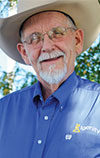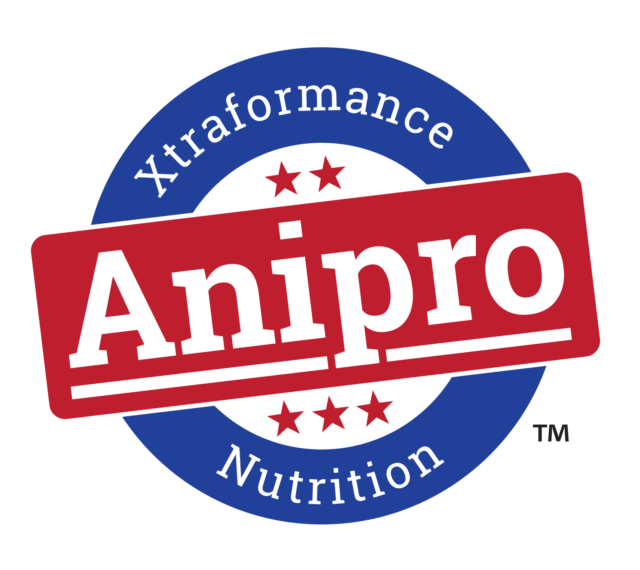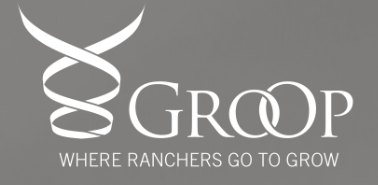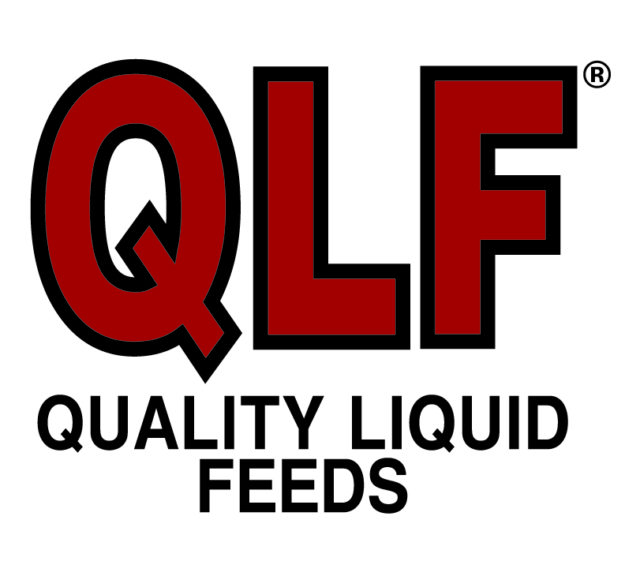For example, cows from where I grew up in the desert of New Mexico range from 900 to 1,200 pounds. But where I live now, in the higher-rainfall, cool-season grasslands of Montana, the environment can support an optimum size that ranges between 1,400 and 1,800 pounds.
In regions with higher rainfall, lush growing seasons and abundant forages, larger-framed cattle tend to be more efficient in making use of available grazing resources. They will wean larger and heavier calves compared to cattle better suited to a desert environment where calves would tend to be smaller and lighter at weaning.
The rancher’s challenge is to match genetic potential to the grazing environment, particularly where forage and water limitations are common. New tools, such as DNA profiling and a variety of useful seedstock indexes, can fine-tune herds to their environments.
So how far have we come with this technology?
A key is the size of the adult animal. This relates to the level of forage needed for meeting maintenance, growth and reproduction requirements. Another trait we watch very carefully is milk production.
In regions where moisture varies widely from year to year, forage quality and quantity can be limiting when a cow is lactating and carrying a growing fetus. Ideally, efficient cows stay in the herd, are easy calvers, nurse a uniform crop of calves and regain body condition while grazing lush forage during their peak nutritional need.
Producers have many challenges attaining this. There are additional breeding system considerations, including calving seasons, stocking rates, resting of rangeland or pastures and, in some cases, contracted or regulated grazing restrictions.
Here lies the advantage in using genomics to select young heifers for calving ease, moderate milk, strong fertility traits and good feed efficiency. Using these predictions, producers can progress toward shorter calving seasons, higher pregnancy rates and turn out of cow-calf pairs onto pastures producing ample crude protein and energy. Let me use a couple of examples to illustrate how this is important.
A Nebraska paper citing National Research Council data shows that a cow which produces 25 pounds of milk at peak lactation requires 10 percent more feed energy than a cow producing 15 pounds of milk. The difference in mature size between these hypothetical cows is 200 pounds. Milk production explains an estimated 23 percent of maintenance energy requirements.
A study in the Great Basin showed that during dry years, cows producing 20 pounds of milk per day would run short of forage crude protein by June. However, a cow producing only 10 pounds of milk per day had sufficient forage quality to meet requirements through July.
Rather than focusing on just one or two traits, producers using multi-trait selection criteria can raise replacement heifers that last longer in the herd and are efficient.
If we were to define the ideal beef cow, we would probably come up with something like this: conceives at an early age and breeds regularly thereafter; calves unassisted; produces healthy calves which gain fast and efficiently, resulting in high-yielding, high-quality carcasses of appropriate weight; and eats very little. In fact, that package sounds like a useful set of traits for a selection index.
To show how these concepts go beyond just theory, my colleague Jim Gibb, who has been an industry pioneer in beef genomics, ran a useful analysis. He compared productivity of four large ranches in the “Western, extensively managed” arid and semi-arid intermountain regions.
Using the well-balanced Igenity Production Index (IPI) as a yardstick, he compared cattle on these ranches to others in the region.
These four ranches have been using genomic profiling for seven to 10 years. The emphasis has been primarily fertility, calving ease, average daily gain and marbling. For easy sorting, IPI ranks heifers on a 1-to-10 scale based on traits they will pass on to their calves.
The index traits and their weightings are: stayability, 30 percent; calving ease maternal, 10 percent; residual feed intake, 15 percent; average daily gain, 15 percent; tenderness, 10 percent; and marbling, 20 percent.
The IPI average for the four ranches was a score of 6.3. When compared to the rest of the cattle in the region, the IPI average was 5.8. “The IPI scores document the herds’ superior genetics for fertility/longevity (stayability), calving ease, carcass quality (marbling) and growth (average daily gain).
This proves it is possible to select for adaptability within an environment and still efficiently produce a highly acceptable end product,” Gibb states.
Genomic testing of commercial cattle can speed genetic progress in cow herds by predicting both biological and economic traits in replacement heifers. On the sire side, accuracy of expected progeny differences is significantly improved when genomic data are used to genomically enhance an expected progeny difference.
Using both of these tools to pick heifers and buy bulls is now being done routinely.
To summarize, there are several issues to consider when designing a breeding system for the ranch:
- First, aim for reproductive success; cows must produce a calf each year. Calf weight is a secondary output.
- When the nutritional plane falls short, reproductive failure will occur, so cows that may do well in some regions are culled as opens under more demanding conditions. Other inefficiencies may result if a longer breeding season lengthens the calving season.
- Improvements in cow-calf production due to heterosis result from both the improved maternal performance of the crossbred cow (conception rate, percent born alive, percent weaned, age of puberty, milk production and increased longevity) and individual performance of the crossbred calf (percent born alive, percent weaned, weaning growth).
- The U.S. Meat Animal Research Center showed that with reciprocal-cross and straightbred cows of Hereford, Angus and Shorthorn breeds, lifetime production in weight of calves weaned was increased by about 36 percent because of heterosis.
The direct effects were: crossbred calf survival (+4.9 percent), growth (+3.8 percent), maternal effects on weaning rate (+6.2 percent), increased weaning weight of progeny due to the crossbred dam (+5.8 percent) and longevity (+16.2 percent) of crossbred cows.
Research continues on how to use genomics to select cows that better fit their environment. One interesting study by Jared Decker of the University of Missouri involves working with many producers to capture data on the interaction of genomics and grazing production environments.
By considering traits that best fit a specific environment and production system, today’s genomics tools can improve key traits and improve both biological and economic traits. And as genomic tools continue to improve, they are also decreasing in cost and increasing in the value of the information they reveal.
So it may be sooner rather than later we are using these new tools to screen, select and manage cattle for highly desired traits on a regional or ecological basis. We may not be designing cows, but we are getting a lot closer. ![]()
ILLUSTRATION: Illustration by Corey Lewis.
John Paterson is also a professor emeritus from Montana State University with a Ph.D. in beef cattle nutrition.

-
John Paterson
- Territory Manager
- Neogen GeneSeek
- Email John Paterson











